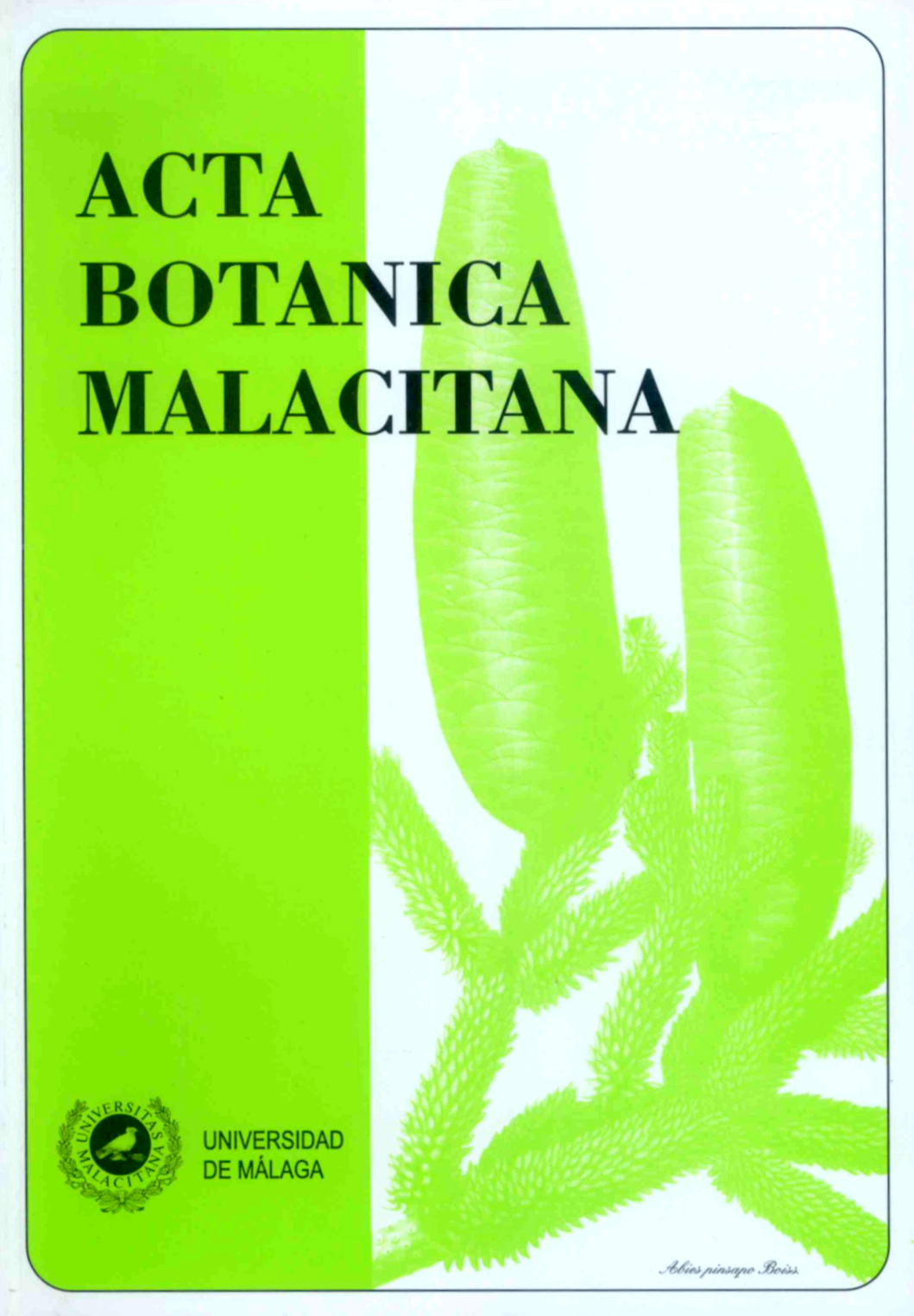Typyfications of the names of Iberian accepted species of Narcissus L. (Amaryllidaceae). Tipificación de los nombres aceptados de las especies ibéricas del género Narcissus (Amaryllidaceae)
DOI:
https://doi.org/10.24310/abm.v35i0.2860Abstract
Español. En el curso de la preparación del tratamiento taxonómico del género Narcissus para Flora Ibérica, catorce nombres de taxa aceptados han sido encontrados sin designación de tipo nomenclatural. Trece lectotipos y un neotipo han sido designados para estos taxa. Adicionalmente, cinco epitipos se han seleccionado para las especies aceptadas con ilustración como tipos y uno para un nombre de Linneo que presenta un defi ciente especímen como lectotipo.
English. While preparing the taxonomic treatment of Narcissus for Flora iberica fourteen names of accepted taxa were found without any type designation. Thirteen lectotypes and one neotype are designated for these taxa. Additionally, fi ve epitypes are selected for accepted species with old drawings as types, and one for a Linnaean name which has a defi cient specimen as lectotype.
Downloads
Metrics
Downloads
Published
How to Cite
Issue
Section
License
All information related to the licensing of published works in Acta Botanica Malacitana and copyright can be found in our Editorial Policy.







1.png)
